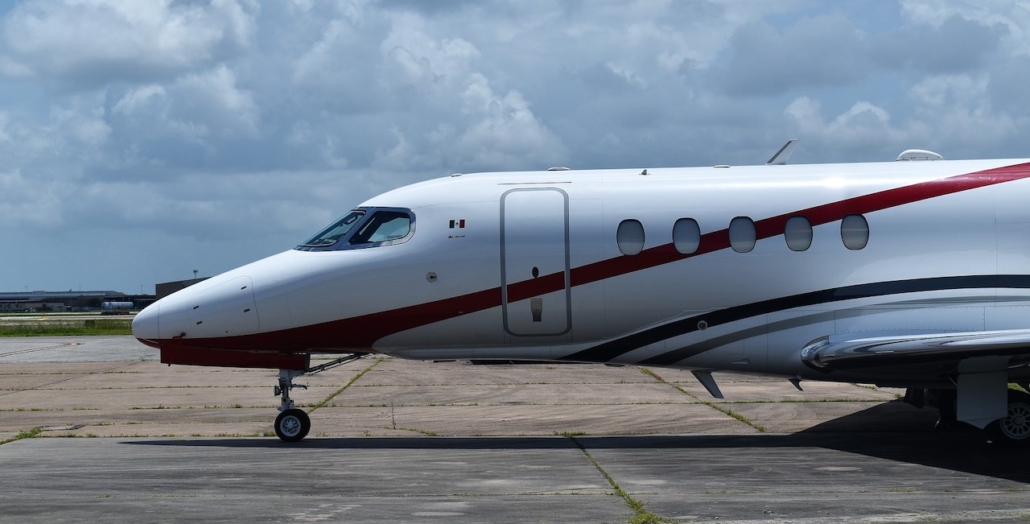
This is usually a 40-day course where the pilots learn new aircraft systems and procedures and fly the aircraft simulator. When pilots make the transition from one aircraft type to another type, they are required to undergo a Type Rating course. The main benefit for pilots is that it makes the transition from one Airbus aircraft to the other much easier. What benefits the commonality offers to pilots and airlines? But these differences are easily learned. There are some small differences even between the A320 and A321, with the latter being a little sluggish to control inputs. So, even when the aircraft is heavier and aerodynamically different, it behaves similarly. For example, the pitch control is a g-load demand, roll control through the side stick gives a roll rate demand, the rudder a side-slip demand etc. All Airbus aircraft starting from the A320 have similar control laws. The control computers are governed by a set of written codes which are called control laws. In the fly-by-wire control system, the pilot control inputs are detected by sensors, and these inputs are then sent to flight control computers which process the data and send it to the hydraulic actuators, which move the control surfaces to make the aircraft behave as per the pilot demand. The fly-by-wire system differs from the conventional flight control system in that it makes controlling aircraft much easier. The A320 is the first civilian aircraft with a digital fly-by-wire system.

Picture: Airbus It all started with the Fly-By-Wire (FBW) technology


 0 kommentar(er)
0 kommentar(er)
